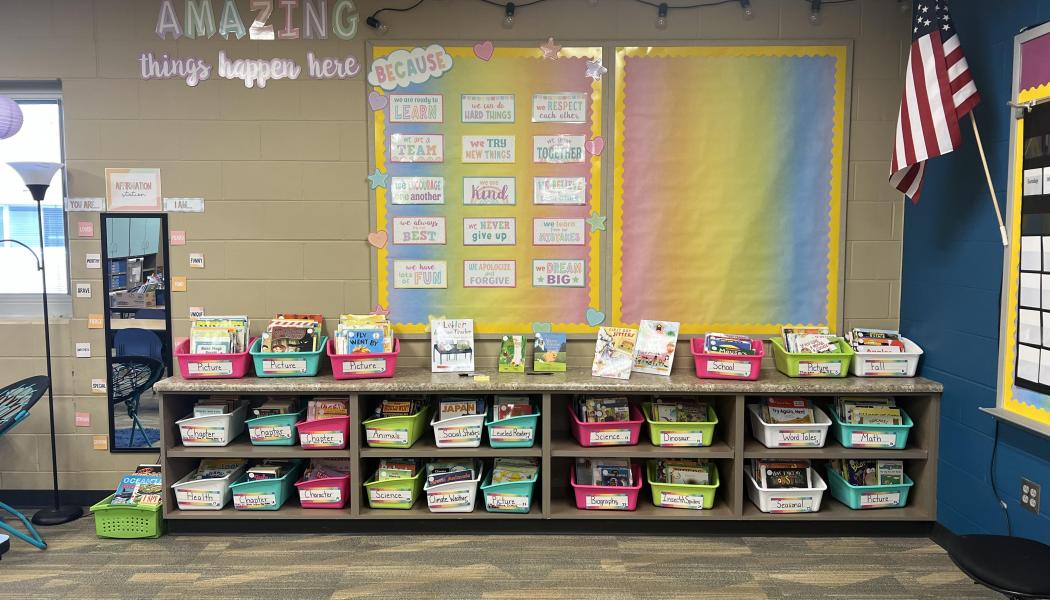Building a Positive Classroom Culture

Join Our Community
Access this resource now. Get up to three resources every month for free.
Choose from thousands of articles, lessons, guides, videos, and printables.
What is Classroom Culture?
Classroom culture refers to the shared values, beliefs, and behaviors that define the environment within a classroom. It’s the underlying fabric that influences how students and teachers interact, how learning takes place, and how the day-to-day experience in the classroom feels. While classroom climate is about the immediate atmosphere and emotional tone, classroom culture is about the deeper norms and practices that shape how things are done over time.
A strong classroom culture is one where the norms and routines are clear, positive behaviors are reinforced, and there’s a collective sense of purpose among students and teachers. This culture can be seen in how students collaborate, the way they respond to challenges, and how they show respect for one another and their learning environment. When classroom culture is well-established, it creates a sense of stability and predictability, allowing students to thrive academically and socially.
Five Actionable Strategies to Build a Positive Classroom Culture
Set Clear and Consistent Expectations: From the start, establish clear expectations for behavior, effort, and interaction. Discuss these expectations with your students and involve them in creating classroom norms. Consistently uphold these standards, and ensure that students understand the importance of adhering to them. When students know what is expected of them, it establishes a culture of respect and responsibility.
Model Positive Behavior: Teachers play a crucial role in shaping classroom culture by modeling the behavior they wish to see in their students. Demonstrate kindness, patience, and a strong work ethic in your daily interactions. Show respect to your students and colleagues, and handle conflicts with fairness and calmness. When students see these behaviors modeled, they are more likely to adopt them.
Celebrate Successes and Efforts: Create a culture that celebrates both big and small achievements. Recognize students not just for high grades, but also for effort, improvement, and positive behavior. This can be done through praise or classroom rituals like sharing successes during a morning meeting. Celebrating effort encourages a growth mindset, where students understand that perseverance and hard work are valued.
Encourage Collaboration and Teamwork: Incorporate group work and collaborative projects into your teaching. Emphasize the importance of teamwork and the idea that everyone’s contribution is valuable. Teach students how to work effectively in groups, resolving conflicts and sharing responsibilities. A culture of collaboration helps students learn to rely on and support one another, building a sense of community.
Create and Maintain Traditions: Establish classroom traditions that students can look forward to and take pride in. These could be anything from weekly reflections, class mottos, or end-of-unit celebrations. Traditions help create a sense of continuity and belonging, giving students something to connect with and look forward to. When students feel a part of something special, they are more likely to engage and contribute positively to the classroom culture.
By intentionally cultivating these elements, teachers can build a classroom culture that supports learning, builds positive relationships, and creates an environment where all students can thrive. A strong classroom culture lays the foundation for a productive and harmonious classroom where everyone feels a sense of belonging and purpose.





